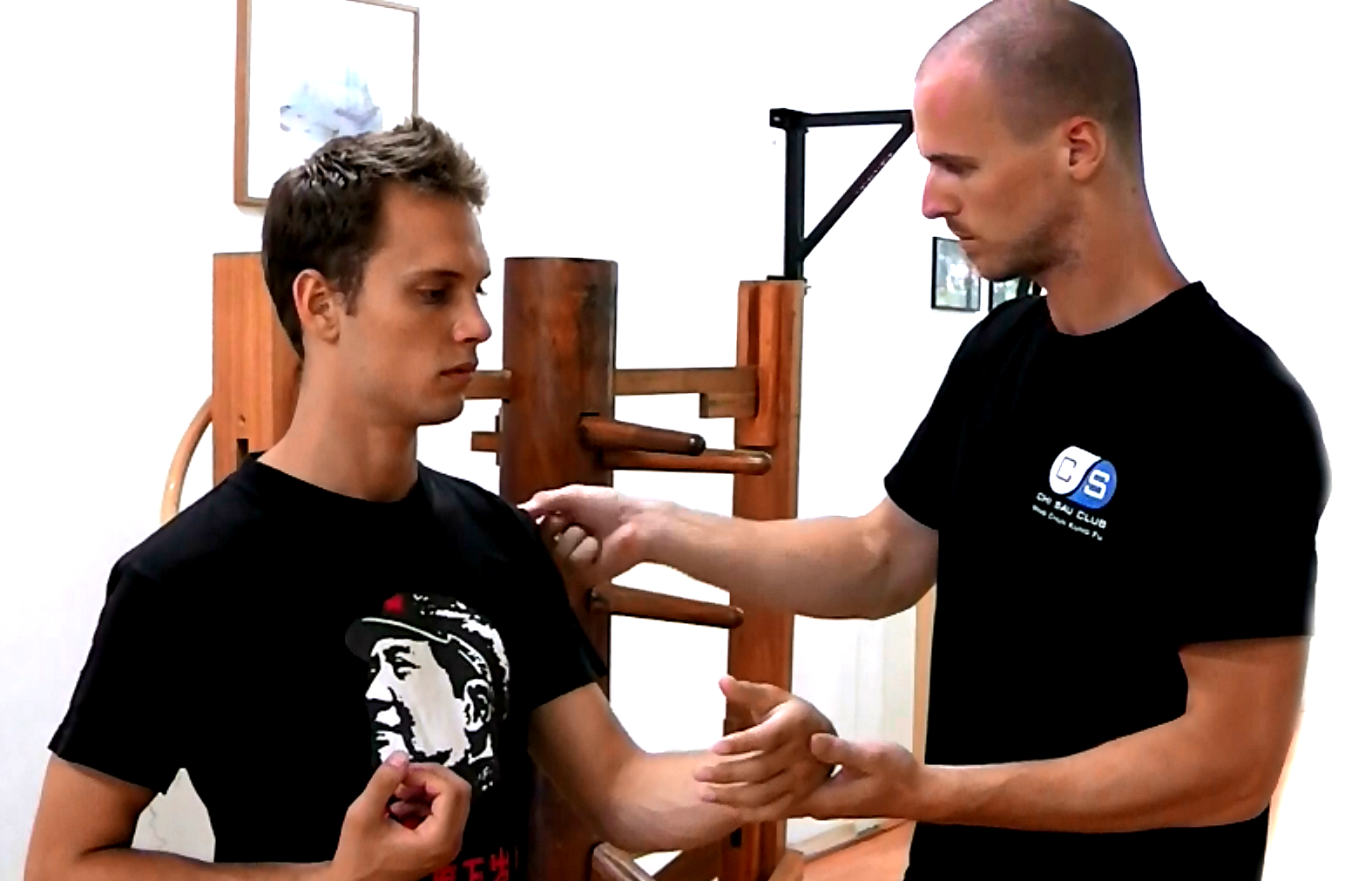When Power Offends the Ego

08/04/2025
By
Years ago, when I was teaching at Chi Sau Club, I had a man come in for a trial lesson. He’d spent over 20 years training in Karate and held a 2nd Dan black belt. You could tell he was confident—respectful, but you could feel the quiet assumption that he knew the game. To be honest, I don’t blame him. Two decades in any discipline earns you a certain level of self-assurance.
I started him off with Siu Nim Tao. I always use this as an entry point because it sets the tone—it reveals how CST Wing Chun flips traditional martial paradigms on their head. No big movements, no tension, no explosive power. Just alignment, relaxation, and something most people don’t expect: effortless force.
Force Generation: The Eye-Opener
To make things tangible, I walked him through a simple exercise. I asked him to form a Tan Sau while I held his wrist. I told him, “Try to move—I’ll stop you.” He tried. I held firm. Then we swapped. “Now I’ll move—you stop me.” He couldn’t. My arm flowed right through.
He was a bit surprised but still processing it. Then I took it a step further. I brought out a focus pad and asked him to punch it. He hit it hard. I barely moved. Then I hit the pad while he held it. He stumbled back—clearly not expecting the kind of force that came from what looked like a relaxed punch.
I explained the difference. What he was doing, versus what we do in CST Wing Chun. Where the power comes from, how tension blocks it, and how structure and intent can generate explosive force without any brute effort.
Reactions Reveal More Than Results
Most people at that point are wide-eyed and excited. It’s like their whole body realizes there’s a gear they didn’t know existed. They want more. They ask questions. They feel the potential.
But not this guy.
He got quiet. Not angry, not rude—just... withdrawn. I could tell something didn’t sit right. He thanked me for the lesson, left, and never came back.
And that’s when I realized something deeper. It wasn’t the technique that bothered him. It wasn’t that it didn’t work. It was that it did—and that threatened everything he thought he knew.
The Ego’s Last Stand
A lot of people say they want to learn. But when they come across something that challenges their identity—their sense of mastery—it becomes too much. The ego gets involved. And rather than confront the discomfort, they retreat.
This happens more often than you’d think. Especially in the comments section of CST videos. People say CST looks “rigid,” or “robotic,” or “ineffective.” But they’re not making technical critiques—they’re reacting defensively. They’re watching something that doesn't conform to their expectations of power, and their mind scrambles to protect its current beliefs.
So they mock it. Dismiss it. Because if they acknowledged it, they’d have to ask the hard question: “What have I been missing all these years?”
Why We Don’t Chase Approval
CST Wing Chun doesn’t care about looking cool. It’s not for show. It doesn’t flex, scream, or punch holes in the air. But it works—and that’s why it intimidates people. It’s calm, subtle, and efficient. The more you know about martial arts, the more confronting that becomes.
If you’re someone who needs martial arts to be loud, flashy, or brutal to believe it’s powerful, you’ll never understand CST. But if you’re open to feeling something different—something that doesn’t rely on tension or aggression—then CST might just be the path you didn’t know you were looking for.
Final Thoughts
That trial lesson taught me more than any debate ever could. You don’t need to argue with critics. You don’t need to convince anyone. You just need to let them feel it.
“The truth doesn’t need to shout. It only needs to be experienced.”
For those willing to feel it, CST speaks louder than any comment ever will.
By